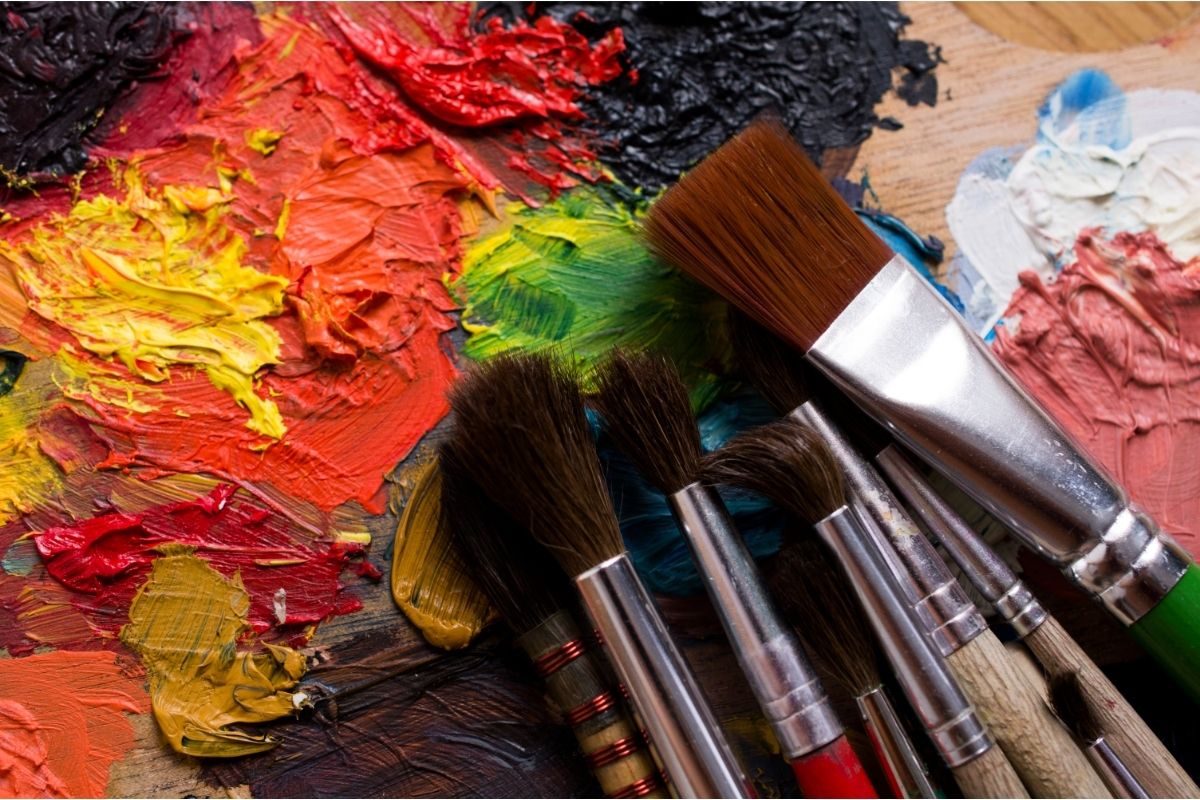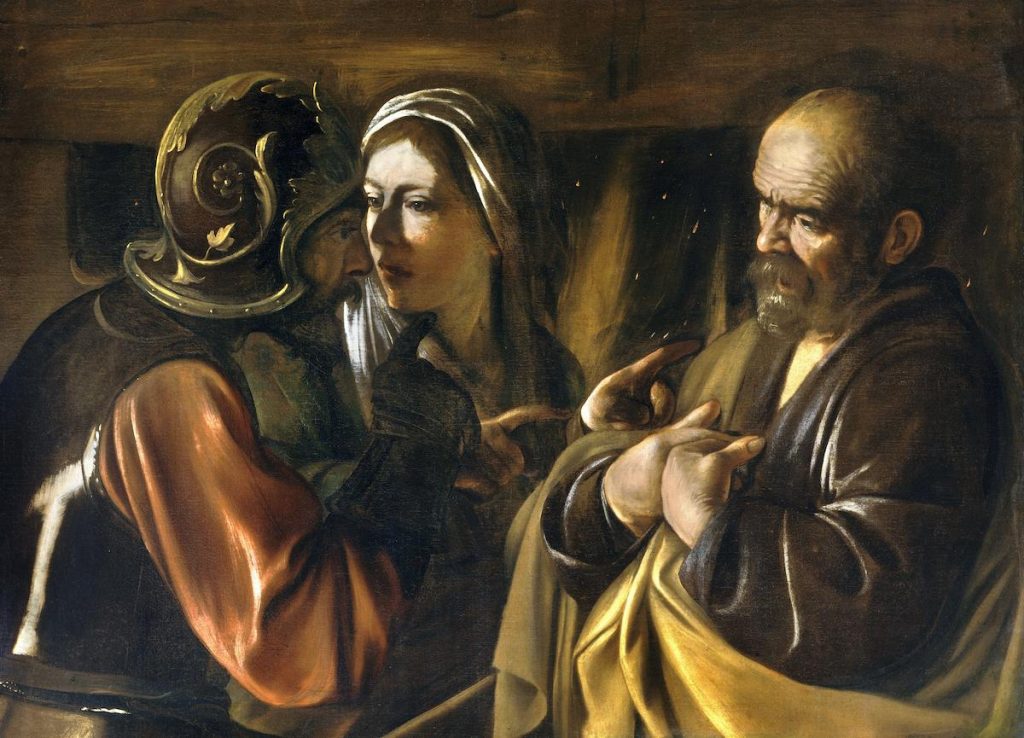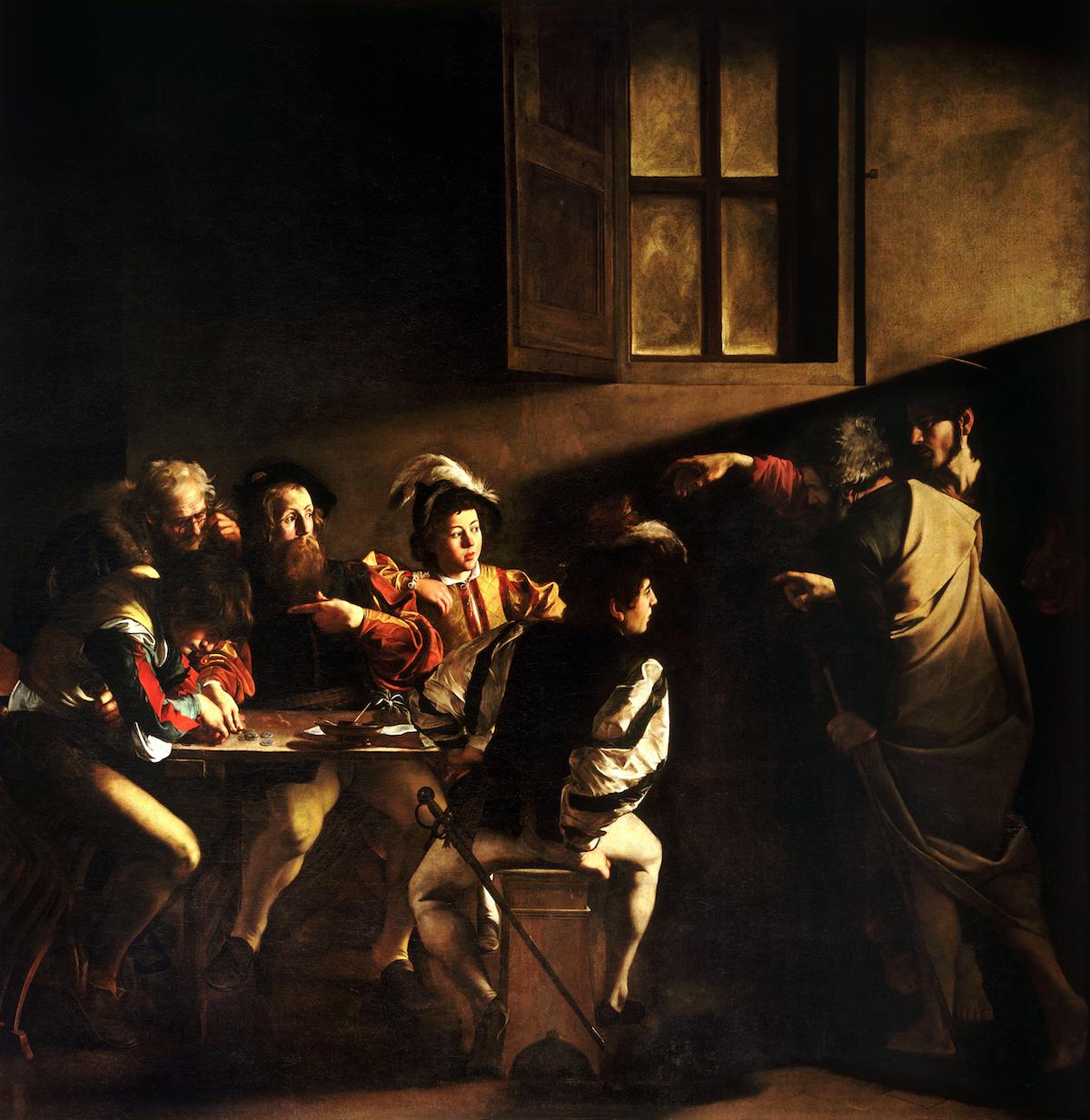The Caravaggio paintings are a series of paintings by the Italian Baroque master Michelangelo Merisi da Caravaggio.
They are considered among the most important works of art from this period. These paintings were created during his early career and show him as an artist still finding himself.
This is evident through his use of contrasting light and dark areas within each painting, which creates a sense that there is more going on than what we see at first glance. He was also known for using dramatic effects such as strong shadows to create contrast between light and dark areas within each painting.
His work was influential to other artists who followed him, including Rembrandt van Rijn, Diego Velázquez, Peter Paul Rubens, and Jusepe de Ribera– all great masters in their own right!
It’s clear why he remains so highly regarded today with these stunning pieces that have influenced so many others over time! So, if you want to learn more about Caravaggio’s famous paintings, keep reading!

Who Is Caravaggio?
Caravaggio was an Italian Baroque artist who lived from 1571 to 1610.
He is known for being the founder of the Baroque style, which uses strong chiaroscuro effects to create dramatic contrasts within each painting. His paintings also tend to tell stories, so he was so popular among other artists at his time.
His art became famous for its incredibly realistic depictions of religious figures, which was at odds with the tradition of stylization that most artists were using at the time. He also frequently used very bright colors within his work, which would have been different from what people were used to seeing back in those times.
Despite the controversy he caused at the time, his influence was pervasive, and his techniques have been used to produce some of today’s most famous pieces of art!
The Caravaggio Biography
Caravaggio was born Michelangelo Merisi in 1571 to a local stone carver in Milan, Italy.
From a very early age, he showed an interest in art and was apprenticed to the artist Simone Peterzano from 1588 to 1592. In 1592, Caravaggio received his first commission to paint at the altar of Saint Stephen for a church in Messina.
However, shortly after finishing this work, he killed a man and fled to Rome.
In Rome, Caravaggio began painting the small churches in the city for a living. During this time, he contacted other artists working for wealthy patrons who commissioned them to paint large religious scenes- such as The Calling of St. Matthew and The Inspiration of Saint Matthew.
Due to his incredible work, he eventually produced several masterpieces for wealthy patrons in Rome. Unfortunately, in 1606, he was convicted of murder and forced to flee Rome again. He would produce some more great works along the way, including The Denial of Saint Peter, before dying in 1610.

The 10 Best Caravaggio Paintings
Here are the 10 best Caravaggio paintings, including Caravaggio religious paintings that you need to see!
10. The Conversion of St. Paul
The first painting on our list is The Conversion of St. Paul, painted by Caravaggio in 1601-1602. It depicted the moment when St. Paul was knocked off his horse by a light from heaven and converted to Christianity.
Before this conversion, St. Paul had been a leading persecutor of Christians.
This painting shows him in a moment of contemplation following his conversion. Caravaggio pulls the viewer into the scene and makes them feel connected to what is happening. St. Paul’s fur-lined robes add an element of luxury to this otherwise reserved scene, while his horse and the surroundings give a sense of place.
His attention to detail is also worth noting, as he even included three coins on the path where St. Paul fell from his horse!
9. David with the Head of Goliath
Another Caravaggio painting in his early career is David with the Head of Goliath, which he created in 1599. It depicts the biblical hero after beheading Goliath and shows him holding his enemy’s head while raising his sword triumphantly.
This painting demonstrates Caravaggio’s masterful use of light to create a sense of contemplation within David. The fact that David’s armor is painted using reflective silver gives the impression of light shining down on him, contributing to this sense of contemplation.
His hands are also entirely shadowed, making them appear darker than the rest of his body.
8. The Crucifixion of Saint Andrew
The Crucifixion of Saint Andrew, painted by Caravaggio in 1601-1602, is one of the most famous paintings from his early career. It depicts a scene from the life of St. Andrew and shows him being crucified on an X-shaped cross.
The executioners at the foot of the cross are depicted in chiaroscuro, a style for which Caravaggio became famous. This is evident in how they are painted to appear almost as shadows against the lighter background.
The faces of St. Andrew and his executioners are also more defined than the rest of their bodies, which helps them stand out among the more shadowy background.
7. The Madonna of Loreto
The Madonna of Loreto, painted by Caravaggio in 1604-1605, is thought to be one of the first depictions in the art that confirm Mary’s assumption into heaven. This painting showed the moment when she was raised into the sky by the Holy Trinity.
The strong, diagonal lines of the three beams of light cutting through the painting give this otherwise serene scene an incredible sense of energy and movement. There is also no focus on the Holy Baby in Caravaggio’s version; instead, he casts Christ off to one side of the painting with Mary in the center.
This gives the Madonna a sense of moving away from her child, which is not commonly seen in other paintings of this scene.
6. The Martyrdom of Saint Ursula
Another painting from Caravaggio’s early career is The Martyrdom of Saint Ursula, painted in 1610. This painting shows the moment when a group of men prepares to shoot arrows at Saint Ursula, standing in front of her father.
In his classic style, Caravaggio uses chiaroscuro almost to fill the background with shadow while leaving other areas largely untouched by shadows. His ability to create exciting shadow effects makes his paintings unique, especially when compared to other Italian paintings of the same time.
5. The Penitent Magdalene
The painting entitled The Penitent Magdalene illustrates a scene from the life of Mary Magdalene and shows her in a moment of contemplation after she leaves her sinful past behind. Caravaggio’s decision to place the scene in a dark cave makes it feel somewhat claustrophobic, which heightens the emotion of this painting even more.
The only light that comes from Magdalene’s candle also helps draw attention to her face and features, including her tears.
4. The Lute Player
The Lute Player painting is a work from early in his career and was completed in 1596-1597. This oil on canvas painting shows a man playing the lute while holding it with his left hand. In the background, a young boy is looking at the musician with a sense of curiosity.
Rather than depict this scene as an active one, Caravaggio makes it feel slow and somewhat melancholy by painting the figures in shallow space against a dark background.
3. The Seven Acts of Mercy
This painting illustrates Francis’ reinterpretation of the seven acts of mercy, and the piece is thought to have been started in 1607-1608.
The painting shows seven different acts of mercy, including sheltering the homeless, feeding the hungry, clothing the naked, visiting prisoners, giving drinks to thirsty people, caring for the sick, and burying the dead. Many people believe this painting was originally intended to adorn the step of an altar.
2. The Calling of Saint Matthew
This is a painting from Caravaggio’s most productive years in Rome. This chiaroscuro Caravaggio painting depicts the moment when Jesus, who has been sitting on a mountainside preaching to the people surrounding him, notices that one of his disciples is missing and summons him with his index finger.
Caravaggio used theatrical lighting and chiaroscuro to create a dark background behind Jesus while leaving the rest of the figures in shadows to make this painting come to life.
This practice has led many people to believe that because Christ and his followers are dressed in shabby clothes and live in humble surroundings, Caravaggio was making a statement about the importance of being humble and living a life that is reflective of Christ.
In addition, his decision to paint Saint Matthew as a rather handsome man also helps to make Jesus’ gesture feel more powerful because it would be unusual for someone so good-looking to be summoned in such an authoritative manner by Jesus. This is a fantastic addition to the Met’s art collection, and they are fortunate to have acquired it.

1. The Sacrifice of Isaac
The most famous painting from Caravaggio’s career is The Sacrifice of Isaac. This Caravaggio masterpiece shows the moment when Abraham prepares to kill his son with an upward-facing knife as ordered by God, who had told him to do this as a test of faith.
This incredibly dark painting was painted as a final warning from Caravaggio to his enemies after killing a man in 1606. The strong contrast between Abraham’s face and the rest of the background also helps to make this painting seem even more dramatic.
Because of its subject matter, this is one of the most controversial paintings ever made.
Caravaggio used his face for that of the boy in the painting.
An Ode to One of Italy’s Finest Painters
The Michelangelo Merisi da CARAVAGGIO paintings are a fascinating, if not controversial, work of art from one of the most prolific painters in history.
They have been at the center of controversy for centuries, with some people claiming they were commissioned by a cardinal and others believing they’re nothing more than a copy. Regardless of the truth, these paintings are undeniable works of art depicting classic biblical scenes that are absolutely stunning to look at.
Whether it’s the passion of Christ on the Cross, Saint Matthew in his model home, or The Sacrifice of Isaac, Caravaggio’s portrait paintings are nothing short of fascinating!

Community of passionate writers and content creators who share a love for Italian heritage, culture, travel, food, and the Italian-American community. Our mission is to celebrate Italy’s rich history and traditions and connect with others who share the same passion.

